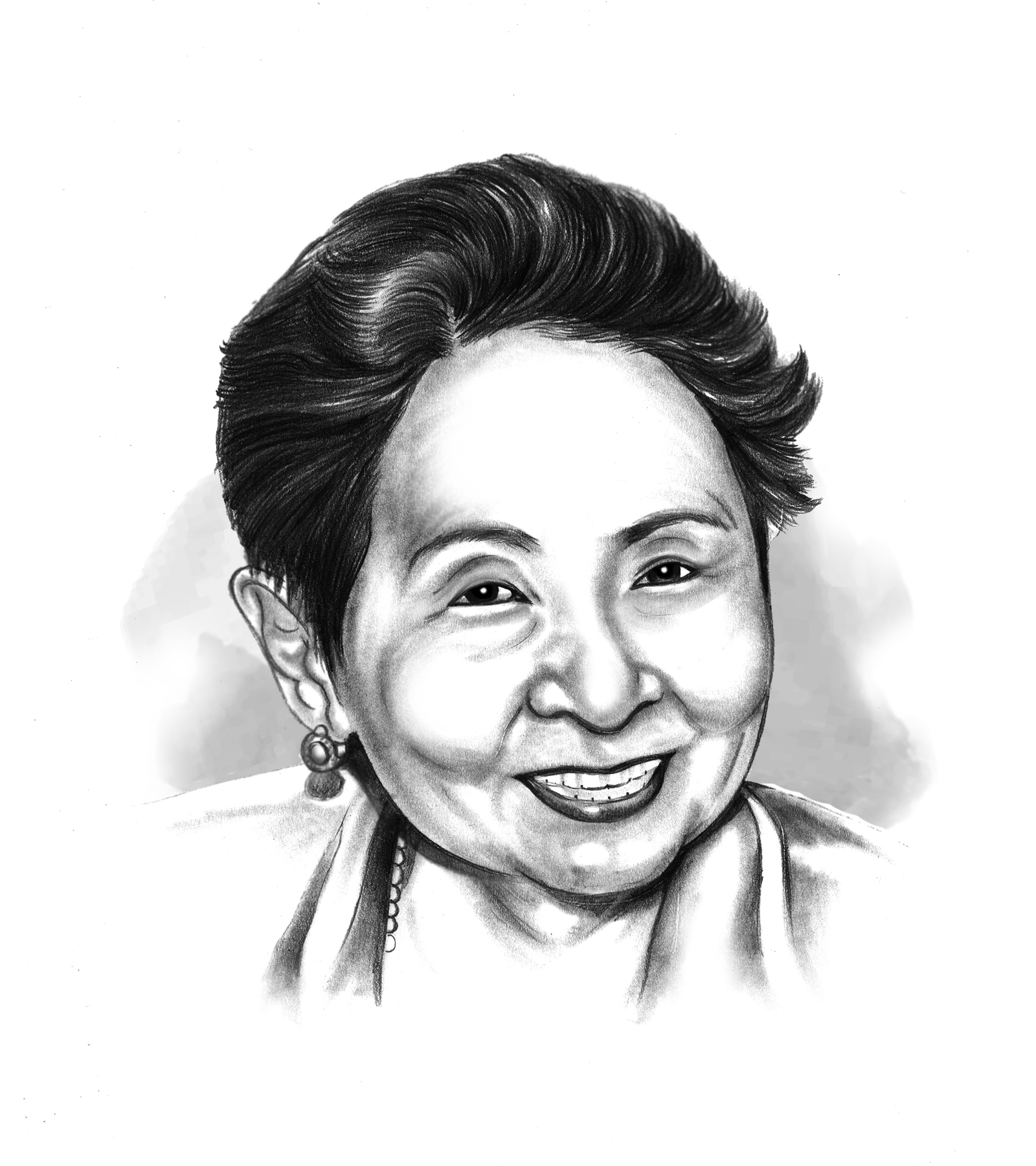PAGBABAGO

This is the educational philosophy of a Filipino religious missionary who worked for 30 years in the Smokey Mountains.
I first heard about Fr. Benigno P. Beltran, SVD, who for 30 years worked and lived among the scavengers in Smokey Mountain located at the heart of Metro Manila in the late '80s.
Fr. Ben had just arrived from his studies abroad. With a doctorate, he was offered several options, among them, teaching at several prestigious universities. But he chose to spend three decades of his life working with and teaching out-of-school children and scavengers to explore innovative ways of learning. Teaching at the Divine Word University in Tagaytay and lecturing at several other universities in Metro Manila would come later.
In the mid ’90s our research staff at the Asian Institute of Journalism and Communication, with assistance from UNESCO, provided content and video production training for teenage children at Smokey Mountain. Most of the themes chosen by the learners dealt with their vision for Smokey Mountain and their families.
It was during my visit to watch their presentations that I was able to see the transformation of what used to be squatter huts into several story-buildings.
I met Fr. Ben at one of the The Outstanding Filipino Award (TOFIL) Ceremonies. At that time, he was already recognized for exceptional service to the country and in several places abroad where he has been invited as guest lecturer.
In his latest book, “The Lighting of a Fire: Transforming Lives for a Sustainable Future,” Fr. Ben explores the various concepts of learning.
In 436 pages, he cites contributions of early educational philosophers, neuroscientists, cognitive specialists which include Jerome Bruner, Marc Planck, Roger Penros, Teilhard de Chardin, Albert Einstein, among others.
He showed how their theories – relativity, quantum mechanics, systems — presented a new story of the world, one that had gone algorithmic, where we have “to learn to think and to think to learn.”
It is now a world where we move away from “linear classrooms,” one where we present a new story of the human being and what it means to be human. He quotes Jean Piaget who said that “the principal goal of education in schools should be creating men and women who are capable of doing new things, not simply repeating what other generations have done.”
To do this, we should be able to use technology to transform the learning environment. The vision of schools is to raise young people to become better human beings who will build a better world. Fr. Ben’s convergence theory focuses on solidarity, integrity, and creativity.
Solidarity is collaboration, relating with others, being open to different points of view. It fosters the ability to listen well, to empathize, to respond sensitively to a different opinion, to be flexible, to seek to support, to enable and to care.
It emphasizes appreciating diverse perspectives, social responsibility, loyalty, and collaboration. It means working well with a group. Integrity means wholeness, independence. Assessing one’s strengths and limitations with confidence.
Creativity is the ability to relate unconnected pieces of information in new ways, to make constructive and respectful choices about personal behavior. It involves perspective taking, identifying problems, and finding ways to solve them.
He explains that in this new world, we must learn to tell the new story of the human being, with the convergence of the biological, the cultural, the genetic codes, and symbolic systems, interacting with one another.
Utilizing AI-powered apps in learning materials promotes the core values of solidarity, integrity, and creativity. The teacher can create the most personalized, engaging, and effective learning environment, too.
At the Sandiwaan Center of Learning in Smokey Mountains, one can watch the transformation. Dancers, former dropouts from slum areas in Tondo, Manila, celebrate their passing of the Accreditation and Equivalency Examinations of the Department of Education’s Alternative Learning System.
Fr. Ben calls them digital natives as they have become content creators of vlogs, web pages, and have uploaded hundreds of selfies and video clips on Facebook, Instagram, Viber, WhatsApp, WeChat, Twitter, TikTok, Discord, and other social media platforms. Many of them are selling loads of stuff through online marketing.
He ends with a call for the radical transformation of education where teachers can “harness the power of GenAI to create the most personalized, engaging and effective learning environment where teachers and learners can craft a new story of education.” ([email protected])